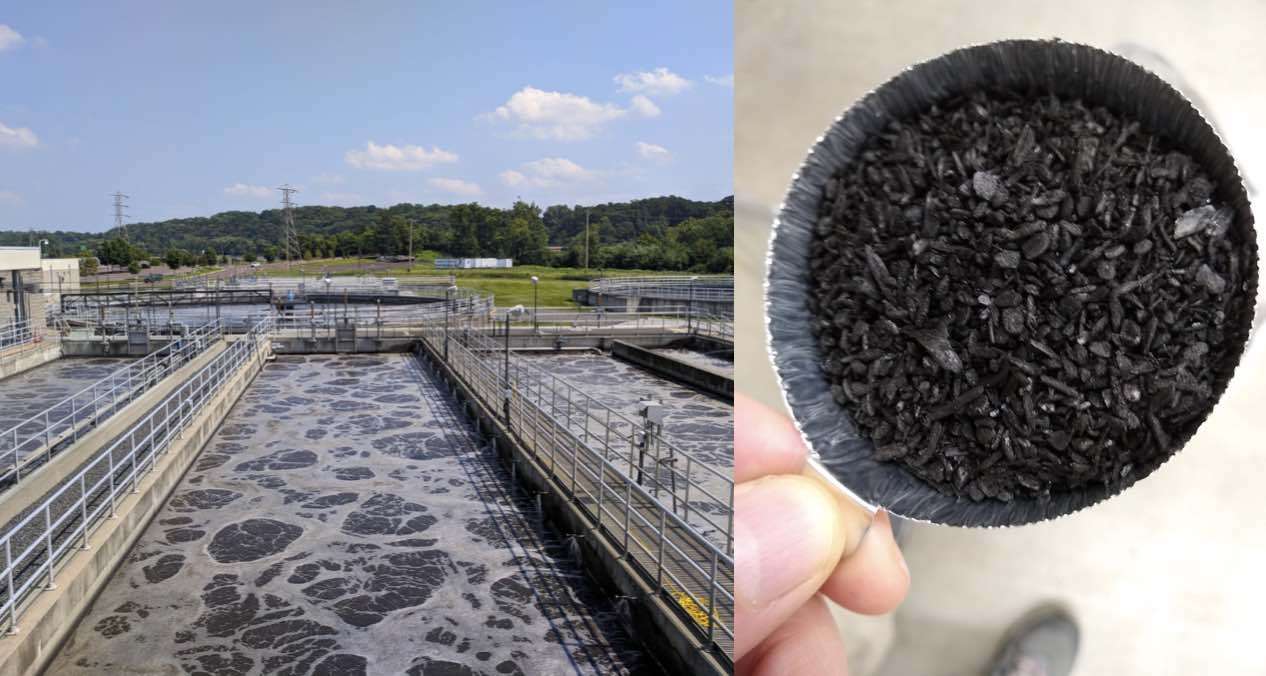Eerie Echo Detected Coming From Milky Way's Black Hole 200 Years Ago (Listen)
Scientists have recorded a sound coming from the supermassive black hole at the center of our Milky Way, from an event around 200 years ago.

Scientists have taken pollutant phosphorus from wastewater and infused it into a soil superfood called biochar to really "close the loop" on several widespread agricultural practices.
The biochar itself is made from incinerated organic material inside an oxygen-deprived environment, turning it into charcoal that acts like an underground rainwater sponge that also delivers the necessary phosphorus and other nutrients for plant growth.
Animal life needs energy in the form of the four macronutrients: carbohydrates, fatty acids, amino acids, and ketone bodies.
Plant life operates a bit differently. One of the green kingdom's macronutrients is phosphorus, and its presence in the soil greatly contributes to healthy crops. Phosphorus runoff into streams is a major problem for sea life because once this basic element reaches the ocean, it causes giant blooms of algae that block light from reaching the seabed.
On its way there, this same problem can occur with riverine plants, and so is also considered pollution in fresh water.
Daniel Strawn, Professor of Environmental Soil Chemistry at the University of Idaho, and his colleagues have demonstrated a method and technology that can use phosphorus collecting in wastewater treatment plants to enrich biochar.
"We're hitting on many factors," says Strawn. "We are recycling phosphorus, producing cleaner water, increasing soil health, and are creating a carbon sink that reduces atmospheric greenhouse gases, so it really is a multifaceted technology."
After getting noticed worldwide as a soil amendment, biochar's global market presence has greatly expanded, and Strawn hypothesizes that anywhere there's agriculture, there's phosphorus runoff that could be used to supercharge the biochar, and put that element back into the next season's crops where it belongs.
Part of the experiment was done at Canadian Light Source, a national research facility that possesses a synchrotron microscope. With this technology, Strawn and his team were able to compare various materials to see which one could hold the most phosphorus after being turned into biochar.
They detailed in a paper published on the experiment that biochar made from ruminant manure absorbed the most phosphorus, followed by activated carbon. The other material that absorbed reasonably well was pine tree clippings.
While manure itself makes for an exceptional soil amendment, there are times when it doesn't fall on a field that needs fertilizing. In these cases, manure is typically disposed of in landfills. That material could instead be turned into biochar for this phosphorus extraction method.
Strawn has patented this method and hopes as soon as possible to diffuse knowledge of it to the world in hopes of tackling several major problems and turning them into a big solution.
SHARE This Closing The Loop Story With Your Friends…
Be the first to comment